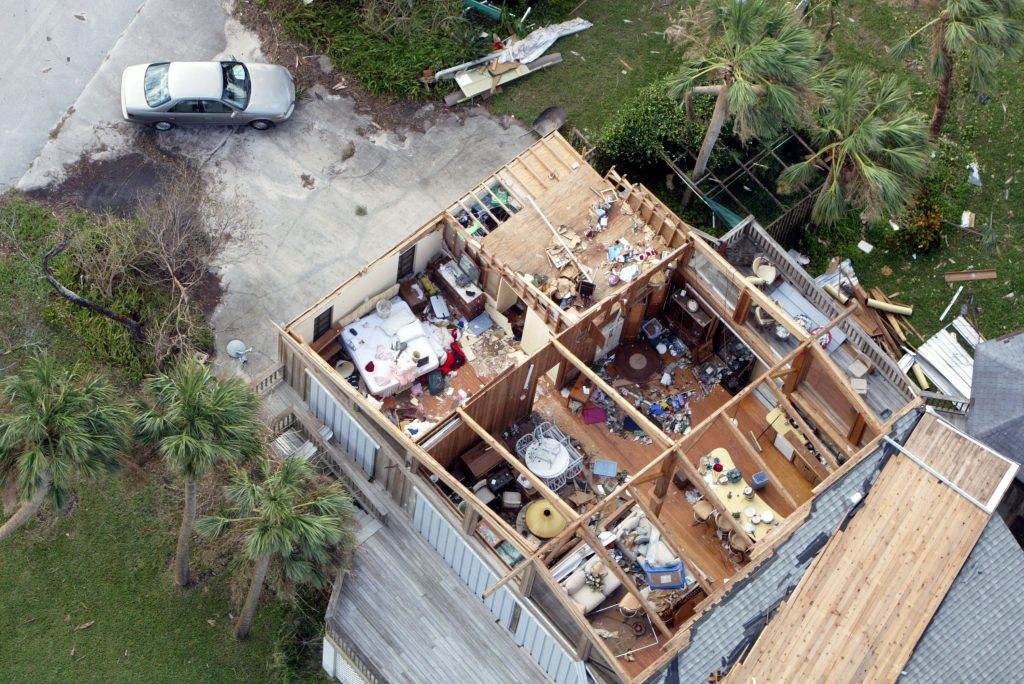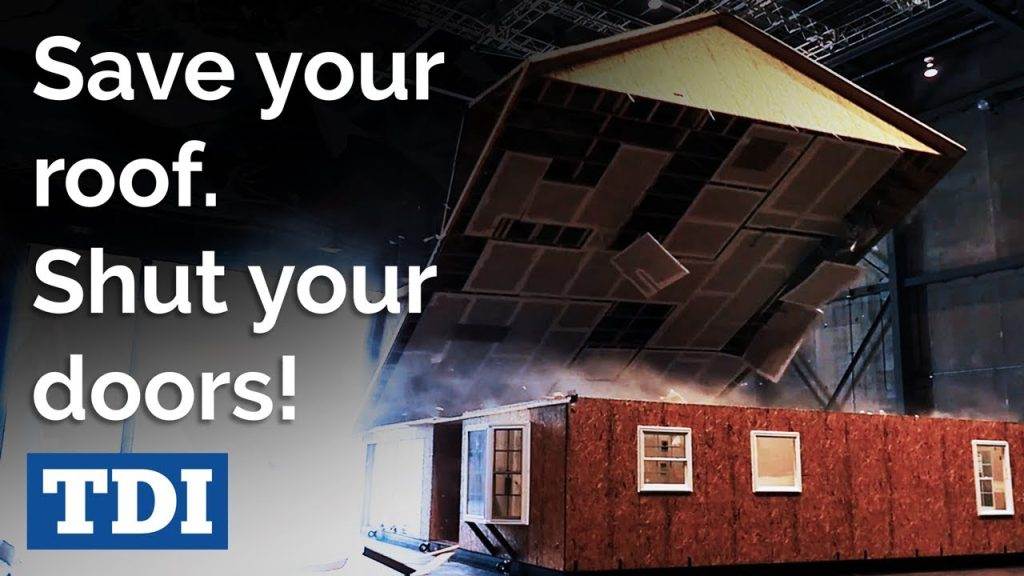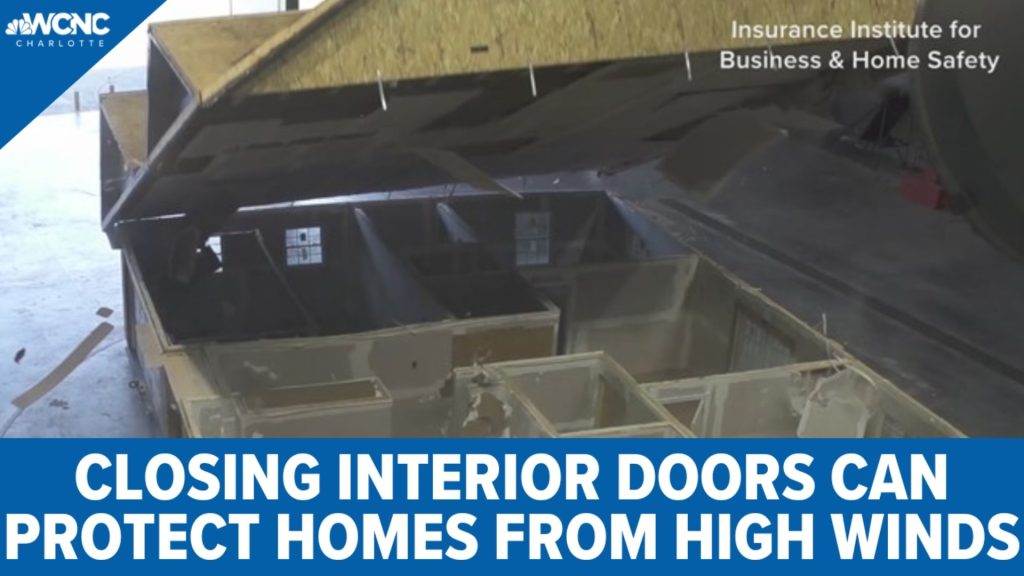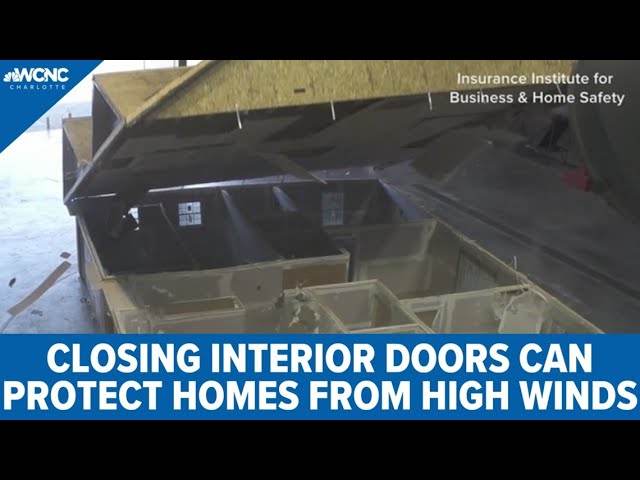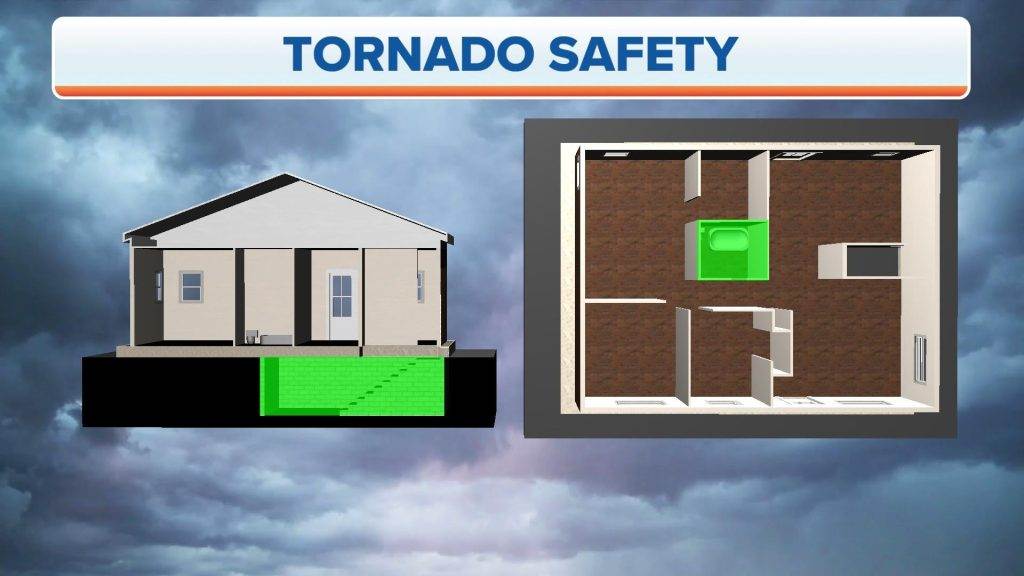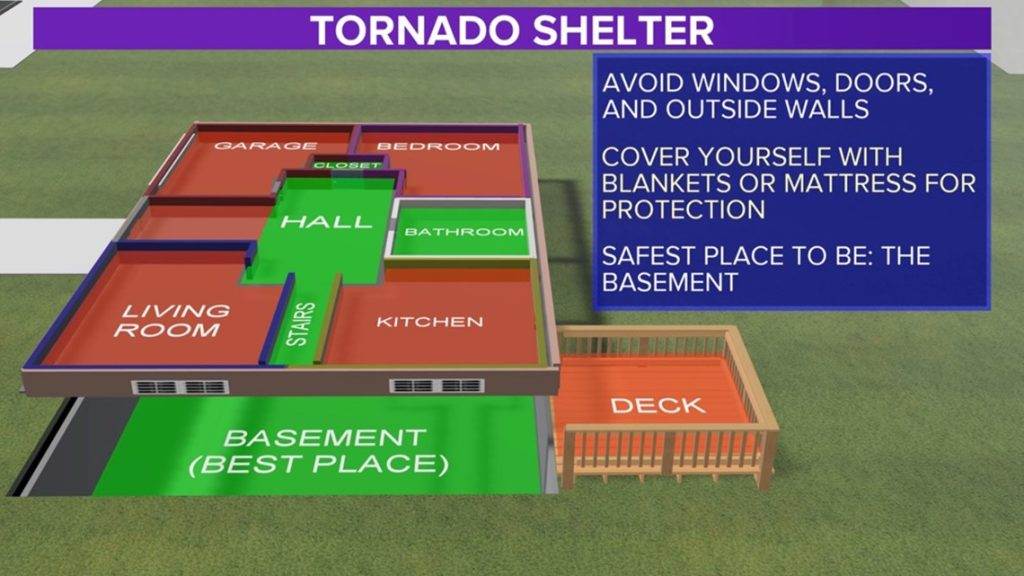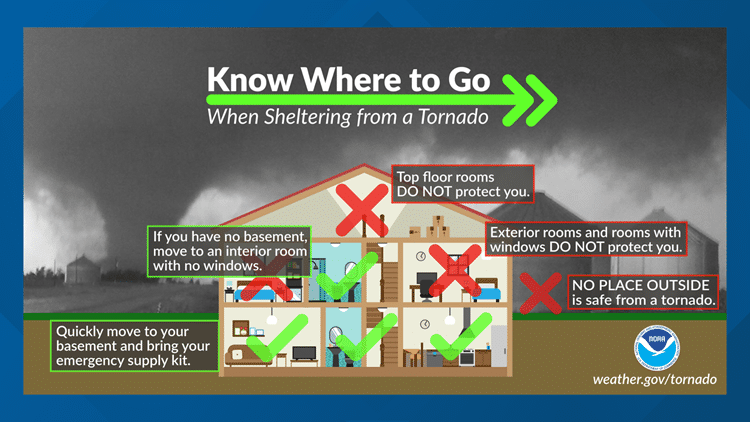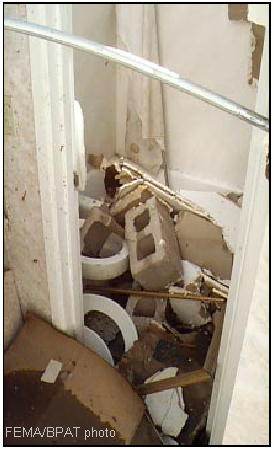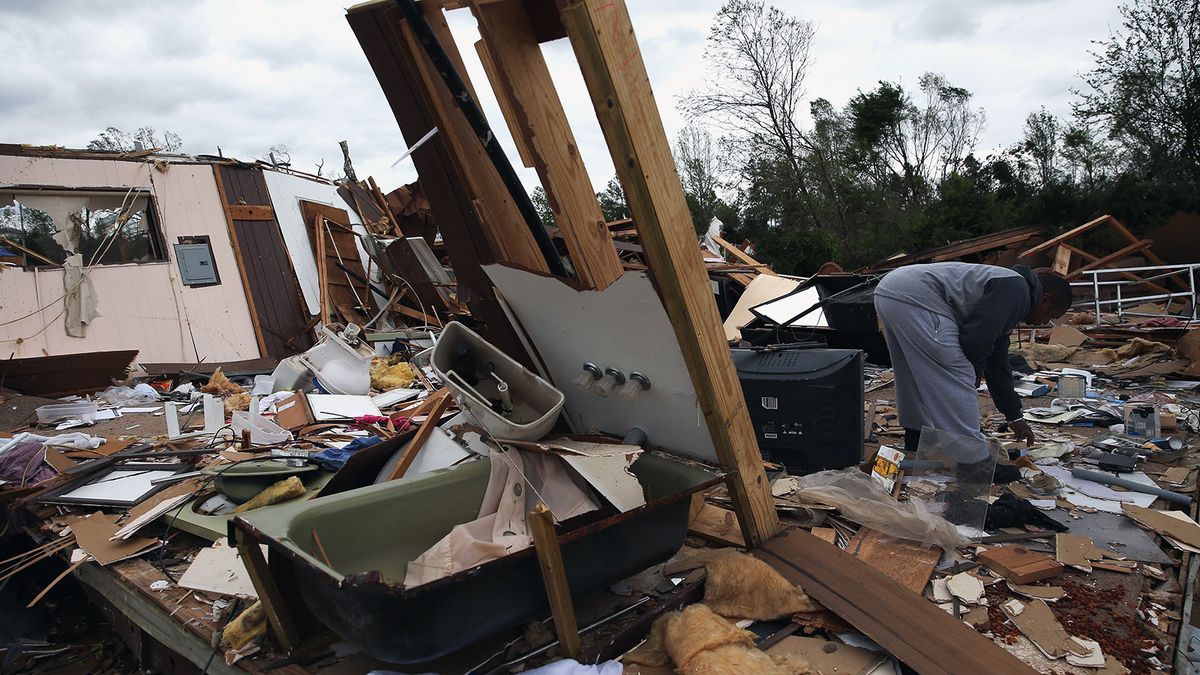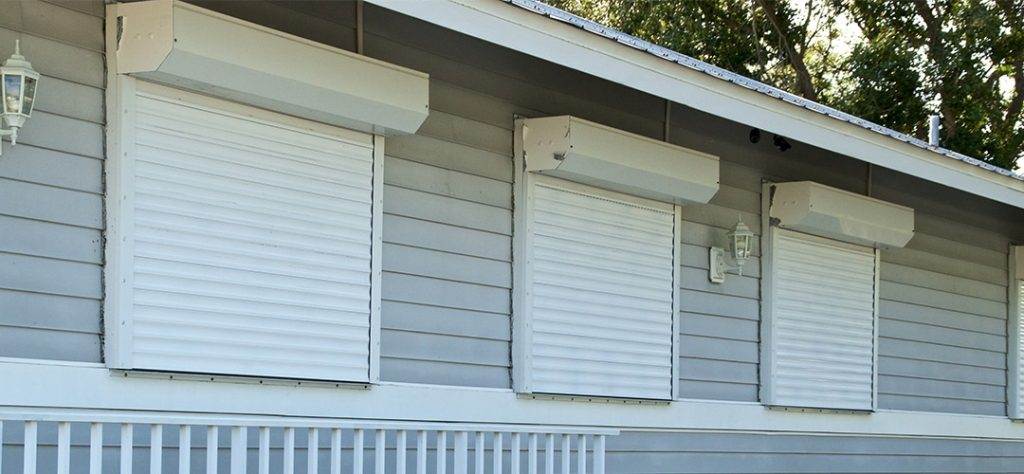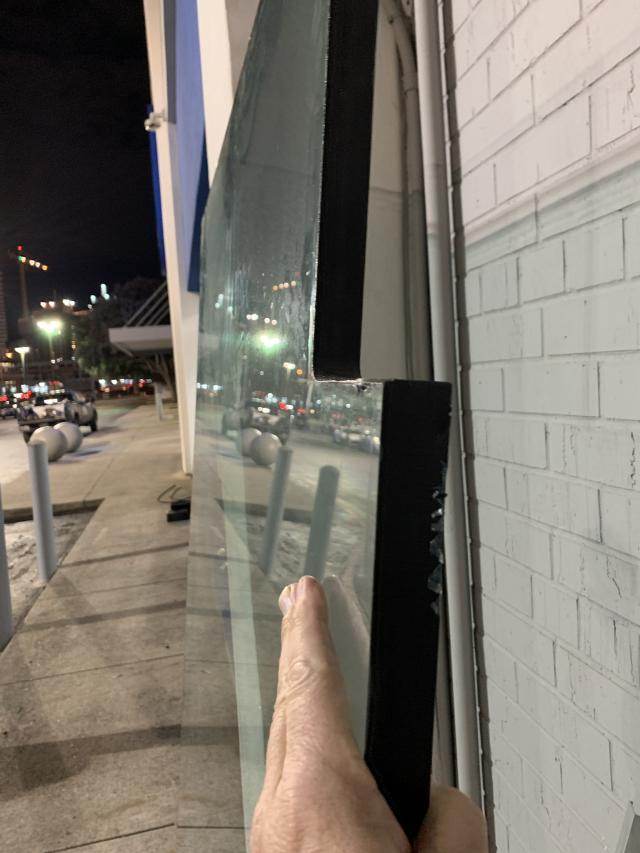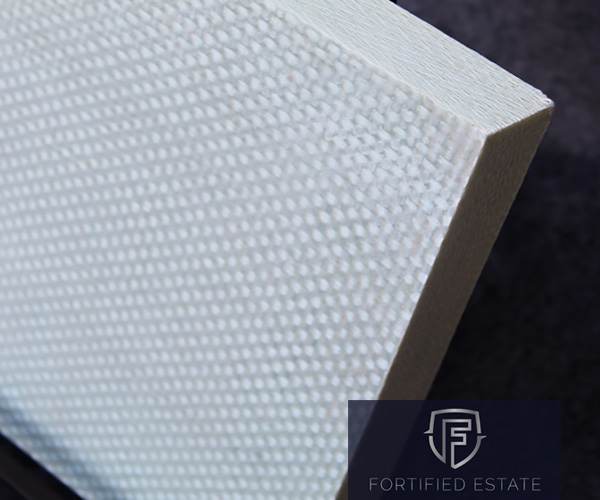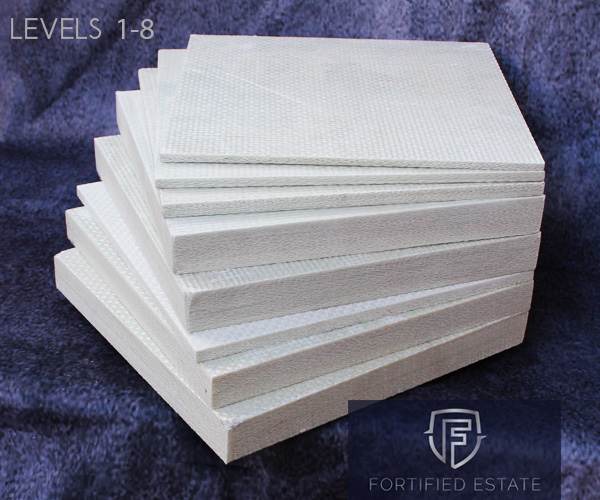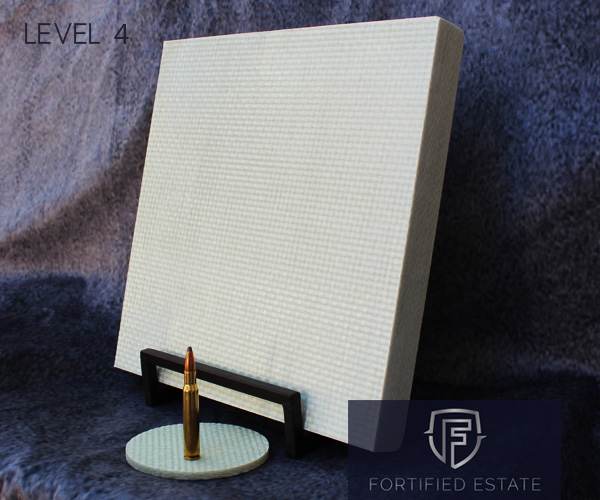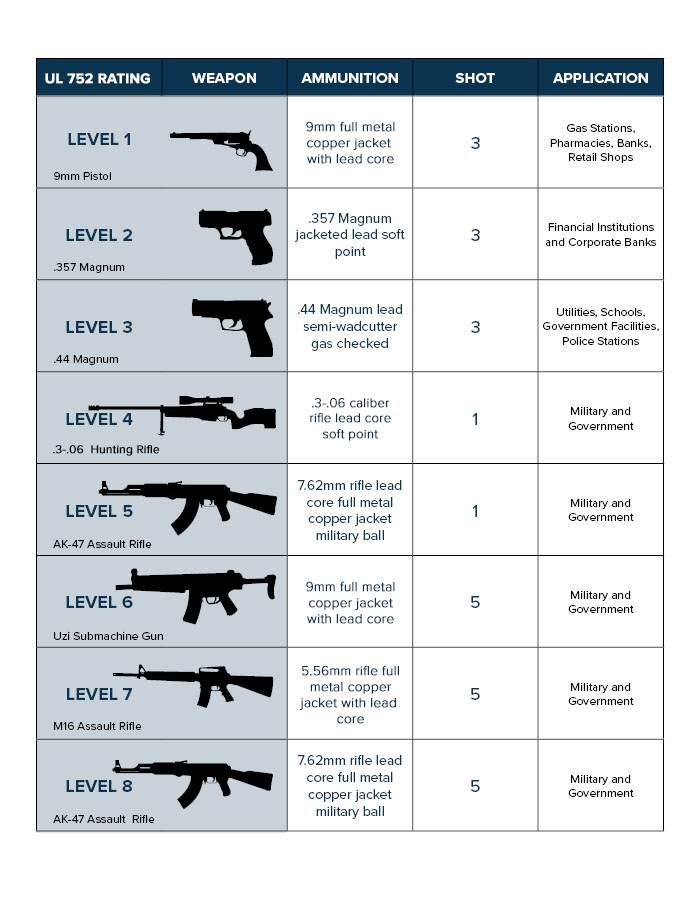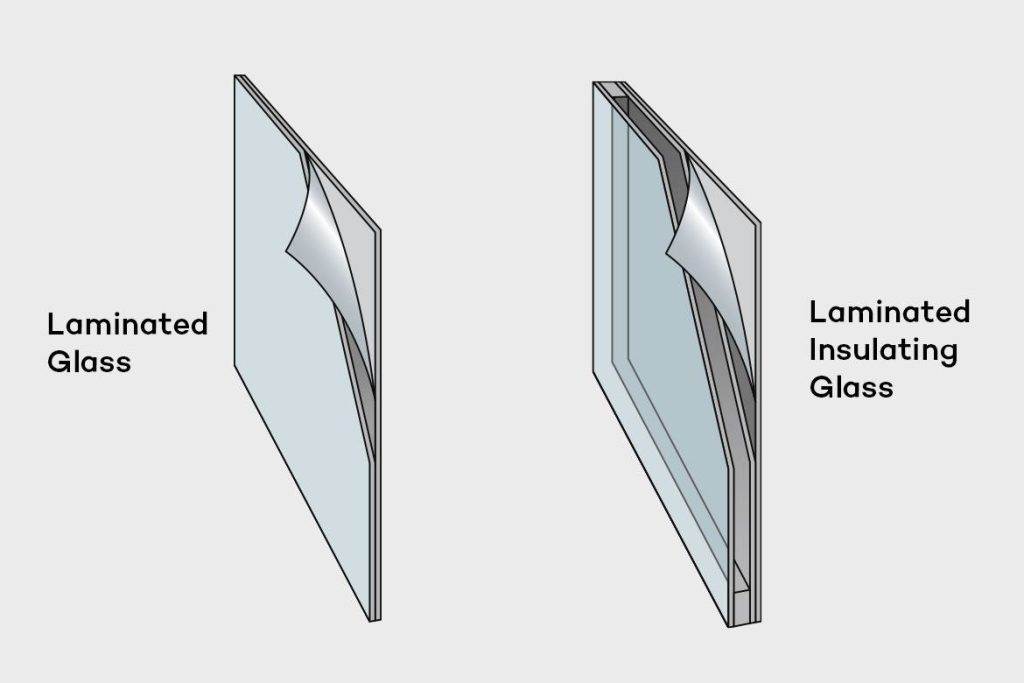So, picture this scenario: You’re driving down the street, minding your own business, when you spot a car with those cool bulletproof windows. You can’t help but wonder – are those things even legal? We’ve all seen those action movies where the heroes have these seemingly indestructible windows, able to repel bullets and explosions like it’s no big deal. But is it the same in real life? Can just anyone have bulletproof windows? Well, you might be surprised to learn that the answer isn’t as straightforward as you might think. Let’s take a closer look at the intricacies and legalities behind having bulletproof windows.
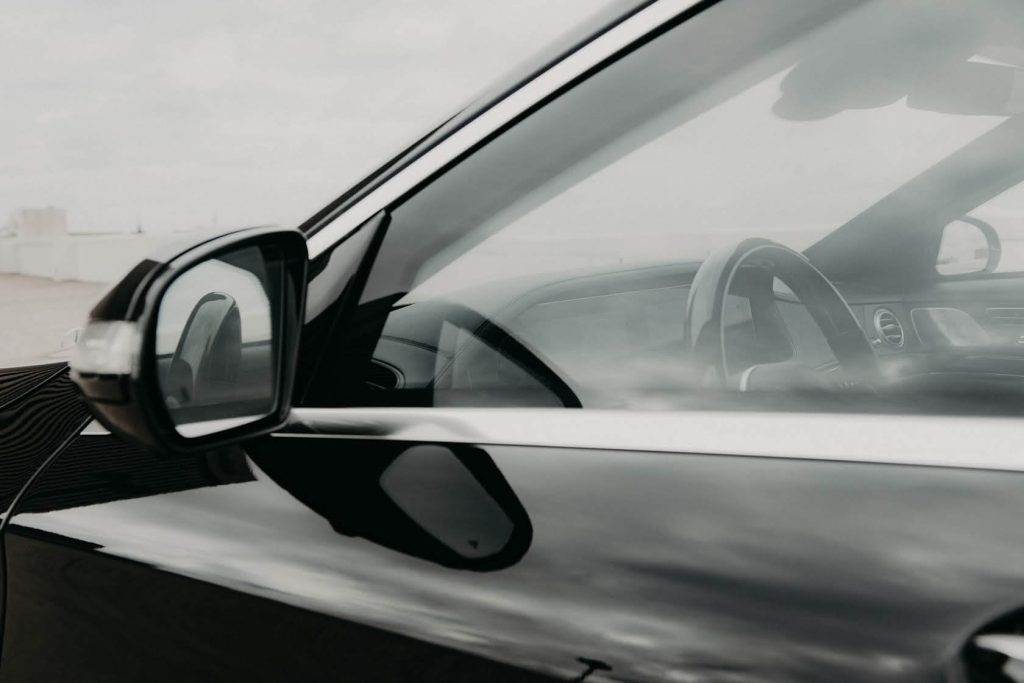
This image is property of armormax.com.
What are bulletproof windows
Bulletproof windows, as the name suggests, are windows that are designed to withstand the impact of bullets and other projectiles. They are made using specialized materials and construction methods to provide enhanced protection against armed attacks, burglaries, and other threats. These windows are becoming increasingly popular in high-security settings such as government buildings, embassies, banks, and even residential homes.
Definition of bulletproof windows
Bulletproof windows, also known as ballistic windows or bullet-resistant windows, are windows that are specifically designed and constructed to resist the penetration of bullets and other projectiles. They are made using layers of glass and other materials that can absorb and dissipate the energy of incoming projectiles, preventing them from entering the building. These windows may vary in their level of resistance and are often tested and certified according to industry standards.
Types of bulletproof windows
There are different types of bulletproof windows available in the market, each offering varying levels of protection and functionality. The most common types include:
- Laminated Glass Windows: These windows consist of multiple layers of glass bonded together with a strong interlayer material, usually made of polyvinyl butyral (PVB). The layers of glass and interlayer material work together to absorb and distribute the force of impact, preventing bullets from penetrating the window.
- Polycarbonate Windows: Polycarbonate is a strong and resilient thermoplastic material commonly used in bulletproof windows. It is highly resistant to impact and can withstand repeated blows without shattering. Polycarbonate windows are often used in high-security applications where greater protection is required.
- Glass-Clad Polycarbonate Windows: These windows combine the strength and impact resistance of polycarbonate with the optical clarity of glass. They consist of a layer of polycarbonate sandwiched between two layers of glass. The glass provides transparency, while the polycarbonate adds strength and bulletproof properties.
- Acrylic Windows: Acrylic, also known as Plexiglas, is a transparent plastic material that is often used as an alternative to glass in bulletproof windows. It offers good optical clarity, impact resistance, and bulletproof capabilities. Acrylic windows are commonly found in residential applications where a balance between security and aesthetics is desired.
Purpose and benefits of bulletproof windows
The primary purpose of bulletproof windows is to enhance the security and protection of buildings and occupants. By preventing the penetration of bullets and other projectiles, these windows provide a significant deterrent against armed attacks and intrusions. Some Key benefits of bulletproof windows include:
- Personal Safety: Bulletproof windows can effectively protect individuals inside a building from potentially life-threatening situations, such as armed robberies or shootings. They provide a physical barrier that can significantly reduce the risk of injury or fatality.
- Property Protection: In addition to safeguarding human lives, bulletproof windows also help protect valuable assets and property. They can prevent theft, vandalism, and damage caused by projectiles or forced entry attempts.
- Peace of Mind: The presence of bulletproof windows can enhance the sense of security and peace of mind for occupants. Knowing that their environment is fortified against potential threats can reduce anxiety and psychological distress.
- Design Flexibility: Bulletproof windows are available in various designs, styles, and levels of transparency. This allows for customization and integration with the overall architectural aesthetics of a building. The range of options ensures that security does not compromise the visual appeal of the space.
Legal considerations for bulletproof windows
When considering the installation of bulletproof windows, it is crucial to be aware of the legal considerations and requirements that govern their use. These considerations may vary from state to state, and adherence to regulations is essential to avoid legal complications. Some key legal aspects to consider are:
State and local regulations
State and local regulations play a significant role in determining the permissible use of bulletproof windows. It is important to consult the specific building codes and regulations of the locality where the windows will be installed. These regulations may dictate specifications regarding the level of bullet resistance required, the certification of the windows, and the permitted use in different types of buildings.
National regulations
In addition to state and local regulations, there may be national regulations or standards that govern the use of bulletproof windows. These regulations typically set minimum requirements for bullet resistance and may specify the testing and certification processes that manufacturers and installers must adhere to. Compliance with national regulations ensures that the windows meet recognized standards for performance and safety.
Building codes and permits
Depending on the jurisdiction, The installation of bulletproof windows may require compliance with specific building codes and the acquisition of permits. Building codes outline the technical specifications that must be met to ensure the safety and structural integrity of the building. Permits are typically required to ensure that the installation is carried out by licensed professionals and in accordance with applicable regulations.
Fire and safety regulations
Bulletproof windows must also comply with fire and safety regulations to ensure that they do not hinder emergency response procedures in the event of a fire or other emergencies. These regulations may require windows to have specific fire resistance ratings or to be equipped with emergency exit mechanisms. It is essential to consult local fire and safety codes to ensure compliance.
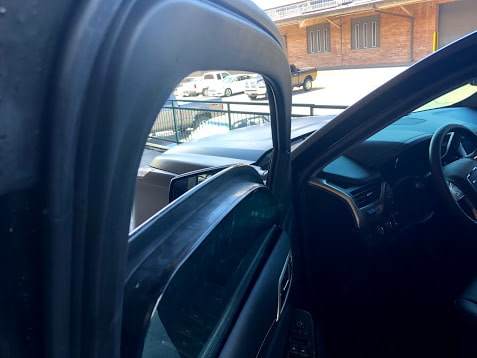
This image is property of armormax.com.
Licensing and certification requirements
The installation and manufacturing of bulletproof windows often require adherence to specific licensing and certification requirements. These requirements are put in place to ensure that the products and services provided meet industry standards and are delivered by qualified professionals. Key considerations include:
Industry standards and certifications
Bulletproof windows are typically tested and certified by recognized organizations to verify their performance and compliance with industry standards. Some commonly recognized certifications include the UL (Underwriters Laboratories) standard UL 752, which evaluates the bullet resistance of materials, and the NIJ (National Institute of Justice) standard, which provides testing protocols for ballistics resistance. Compliance with established industry standards demonstrates the windows’ effectiveness and can contribute to building occupants’ safety.
Licensed installers and manufacturers
The installation of bulletproof windows may require engaging the services of licensed professionals. Licensed installers have typically undergone specialized training and acquired the necessary knowledge and skills to ensure the proper installation of bulletproof windows. Working with licensed installers helps ensure that the windows are installed correctly and in compliance with applicable regulations.
Verification and inspection processes
To validate compliance with licensing and certification requirements, verification and inspection processes are often conducted. These processes may involve site visits, review of documentation, and testing to ensure that the installed bulletproof windows meet the specified criteria. Compliance with verification and inspection processes provides an added layer of assurance regarding the quality and reliability of the installed windows.
Restrictions on bulletproof windows
While bulletproof windows offer significant benefits in terms of security and protection, there are certain restrictions and limitations that should be considered. These restrictions vary depending on factors such as transparency requirements, residential use, specialized applications, and structural considerations.
Level of transparency
One of the primary considerations for bulletproof windows is the level of transparency required. Higher levels of bullet resistance often result in reduced transparency and optical clarity. Balancing the need for security with natural light and visibility is crucial, especially in residential and commercial settings where aesthetics are a concern.
Limitations on residential use
In some jurisdictions, there may be limitations or restrictions on the use of bulletproof windows in residential properties. These restrictions may be imposed due to concerns about the militarization or fortification of residential areas. It is important to consult local regulations to determine the permissibility of bulletproof windows in residential settings.
Specialized use cases (e.g., military, government buildings)
Certain specialized applications may have specific requirements and regulations for bulletproof windows. Military facilities, government buildings, and high-security installations often have unique considerations due to the sensitive nature of their operations. Compliance with specific regulations and requirements may be necessary in such cases.
Weight and structural limitations
Bulletproof windows are generally thicker and heavier than standard windows, which can impose limitations on their installation. Structural considerations must be taken into account to ensure that the building’s frame and supports can adequately handle the increased weight and load of the windows. Professional assessment and consultation with structural engineers may be necessary to determine the feasibility of installation.

This image is property of qph.cf2.quoracdn.net.
Legal implications and liabilities
The use of bulletproof windows carries legal implications and liabilities, which should be carefully considered. Understanding these implications is essential to avoid potential legal challenges and to ensure compliance with applicable laws and regulations.
Criminal misuse and potential liabilities
While bulletproof windows are primarily designed to protect against armed attacks, there is a risk of criminal misuse. The presence of bulletproof windows in a building may attract criminals or individuals seeking to commit illegal activities. In such cases, the building owner or occupant may be held liable for any misuse of the windows. Implementing proper security measures and ensuring responsible use can help mitigate potential liabilities.
Disclosure requirements in real estate
In many jurisdictions, there are disclosure requirements for real estate transactions involving properties with bulletproof windows. Sellers may be required to disclose the presence of bulletproof windows to potential buyers, as this information can impact the property’s value and desirability. Failure to disclose such information may result in legal consequences and potential financial liabilities.
Insurance considerations
The presence of bulletproof windows may affect insurance coverage and premiums for a property. Insurance providers may require additional information and evaluation to assess the risk profile of a building with bulletproof windows. Proper communication and coordination with insurance providers are necessary to ensure that the windows are adequately covered and compliant with policy terms and conditions.
Impacts on emergency response personnel
Bulletproof windows, while providing enhanced security, can also present challenges for emergency response personnel. Firefighters, law enforcement officers, and other emergency responders may require specialized access or tools to breach or navigate through bulletproof windows during rescue operations. Coordination with local emergency response agencies is essential to ensure effective response and minimize any delays or impediments.
Importing and exporting bulletproof windows
The import and export of bulletproof windows may be subject to specific regulations and controls. These regulations aim to prevent the proliferation of weapons and ensure that bulletproof windows are not used for illegal purposes. Key considerations include:
Regulations on importing bulletproof windows
Importing bulletproof windows may require compliance with import regulations, including documentation, customs procedures, and assessments of compliance with national standards. Countries have varying requirements for the importation of bulletproof windows, and it is important to consult with customs authorities and trade agencies to understand the specific regulations applicable to the desired import destination.
Export controls and international regulations
Similarly, the export of bulletproof windows may be subject to export controls imposed by the exporting country. These controls aim to prevent the transfer of sensitive technologies or materials to unauthorized recipients. Compliance with export controls ensures that bulletproof windows are not exported to entities or countries that are prohibited by law.
Customs and border protection requirements
When importing or exporting bulletproof windows, compliance with customs and border protection requirements is crucial. These requirements may include proper documentation, declaration of value, and adherence to specific procedures for shipping and handling. Failure to comply with customs and border protection requirements can lead to delays, fines, and potential legal consequences.

This image is property of qph.cf2.quoracdn.net.
Penalties and consequences
Non-compliance with legal requirements and regulations pertaining to bulletproof windows can result in various penalties and consequences. It is important to understand the potential ramifications to ensure compliance and avoid legal complications.
Legal penalties for illegal possession or installation
Possessing or installing bulletproof windows without complying with applicable regulations may result in legal penalties. Depending on the jurisdiction, these penalties may include fines, criminal charges, or even imprisonment. It is important to consult local laws and seek professional advice to ensure adherence to all legal requirements.
License revocation and fines
Licensed installers and manufacturers of bulletproof windows may face license revocation and fines if they fail to comply with licensing and certification requirements. This can have severe consequences for their business operations and reputation. It is crucial for industry professionals to stay up-to-date with licensing and regulatory requirements to maintain compliance.
Seizure of non-compliant products
Non-compliant bulletproof windows may be subject to seizure by authorities. This means that the windows can be confiscated, and the owner or installer may not be reimbursed for their value. Seizure is a significant consequence that can result from the use of non-compliant or illicit bulletproof windows.
Civil liabilities
Non-compliance with legal requirements may also expose individuals or companies to civil liabilities. If the use of bulletproof windows leads to harm, injury, or any form of damage, the affected parties may seek compensation through civil lawsuits. Ensuring compliance with all regulations and standards can help minimize the risk of such legal claims.
Alternative solutions to bulletproof windows
While bulletproof windows provide effective protection against armed attacks, there are alternative solutions that can be considered, depending on specific needs and requirements.
Security films and laminates
Security films and laminates are thin, transparent layers that can be applied to existing windows to improve their resistance to impact and penetration. These films are typically made of materials such as polycarbonate or polyester and provide added strength and protection. While not as robust as bulletproof windows, security films can still offer a significant level of security enhancement.
Reinforced glass options
Reinforced glass, such as tempered or laminated glass, can provide increased resistance to impact and penetration. Tempered glass is strengthened through a heating and rapid cooling process, making it more resistant to breakage. Laminated glass, as mentioned earlier, consists of layers of glass bonded together with an interlayer material. Both options offer improved security compared to standard glass windows.
Burglar-resistant windows and doors
Burglar-resistant windows and doors are designed to deter and prevent break-ins and intrusions. These windows and doors are made using strong materials and are equipped with special features such as multi-point locks, reinforced frames, and impact-resistant glass. While they may not provide the same level of bullet resistance as bulletproof windows, they can still significantly enhance security against burglaries and forced entry attempts.
Security systems and alarms
Complementing physical security measures with electronic security systems can provide comprehensive protection. Intrusion detection systems, surveillance cameras, and alarms can alert occupants or security personnel of potential threats and provide real-time monitoring and response capabilities. Integrating these systems with physical security measures can create a layered approach to security.
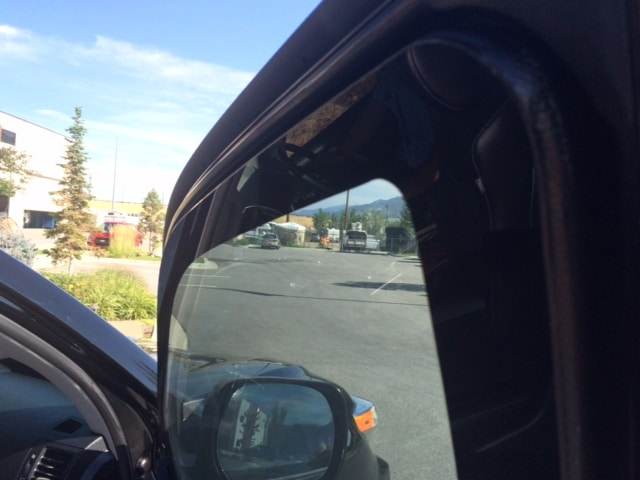
This image is property of armormax.com.
Legal developments and future trends
The legal landscape surrounding bulletproof windows is subject to ongoing developments and future trends. Changes in regulations, technological advancements, public perception, and collaboration between industries and government can have a significant impact on the use and compliance of bulletproof windows.
Changes in regulations and legislation
Given the evolving nature of security threats, regulations and legislation regarding bulletproof windows are being regularly reviewed and updated. This includes changes in requirements for certification, installation, and transparency. It is important for industry professionals and users to stay informed about these changes to ensure compliance and the highest level of security.
Technological advancements and innovations
Advancements in materials, coatings, and construction methods are constantly pushing the boundaries of bulletproof window technology. While traditional materials like glass and polycarbonate continue to dominate the market, new materials such as transparent ceramics and nanomaterials are being explored for their potential in providing even greater ballistic resistance. These technological advancements may lead to changes in industry standards and regulations.
Public perception and societal impact
The perception of bulletproof windows in society can influence legal considerations and regulations. The demand for enhanced security measures, combined with increased awareness of threats, has contributed to a growing acceptance of bulletproof windows. Public perception and societal impact can shape policy and regulations surrounding the use of bulletproof windows in various settings.
Collaboration between industries and government
Collaboration between industries, government agencies, and regulatory bodies plays a crucial role in shaping the legal landscape of bulletproof windows. Industry associations and organizations work closely with government entities to establish standards, develop certification processes, and ensure compliance. This collaboration helps promote the safe and effective use of bulletproof windows while addressing any legal or regulatory challenges that may arise.
Conclusion
Bulletproof windows provide an invaluable layer of protection for buildings and occupants, offering enhanced security against armed attacks and other threats. However, their installation and use are subject to various legal considerations, regulations, and requirements that must be carefully addressed. Compliance with state, local, and national regulations, licensing and certification requirements, and proper understanding of legal implications and liabilities are crucial to ensuring a successful and legally compliant installation. Additionally, being aware of alternative security solutions, keeping up with legal developments and future trends, and considering societal impact can contribute to a comprehensive approach to security and protection in the built environment.


